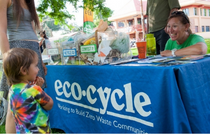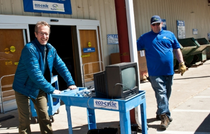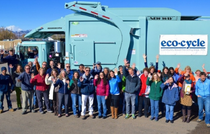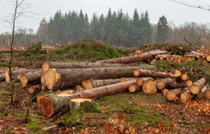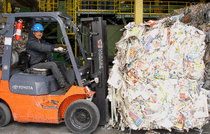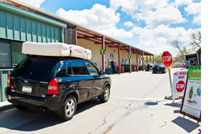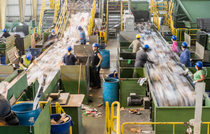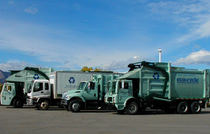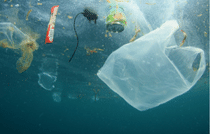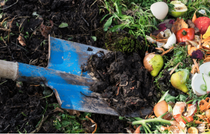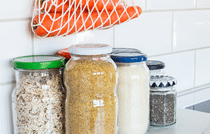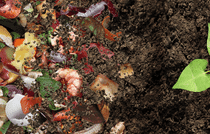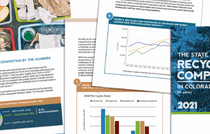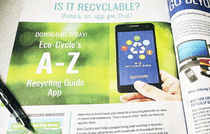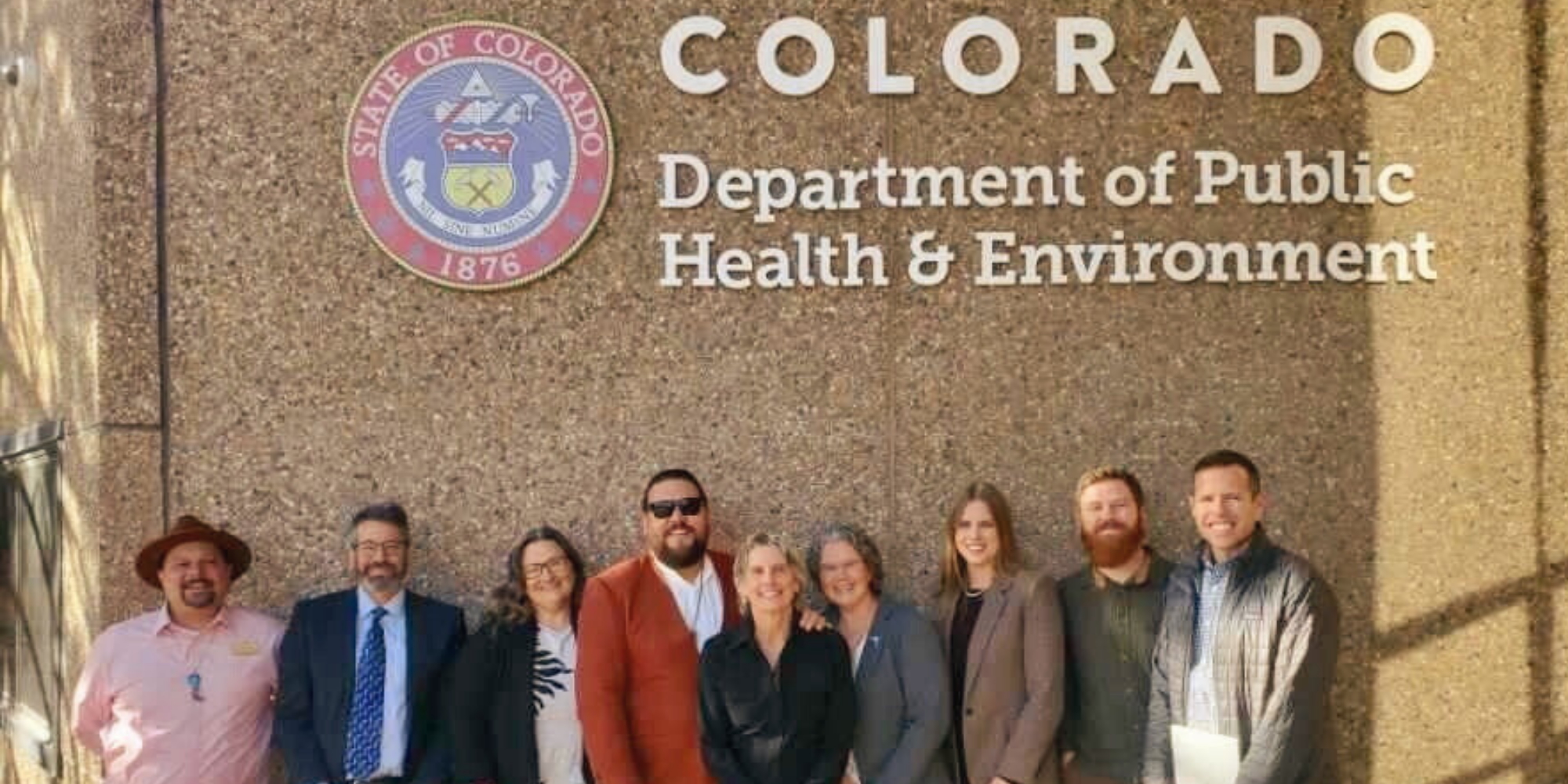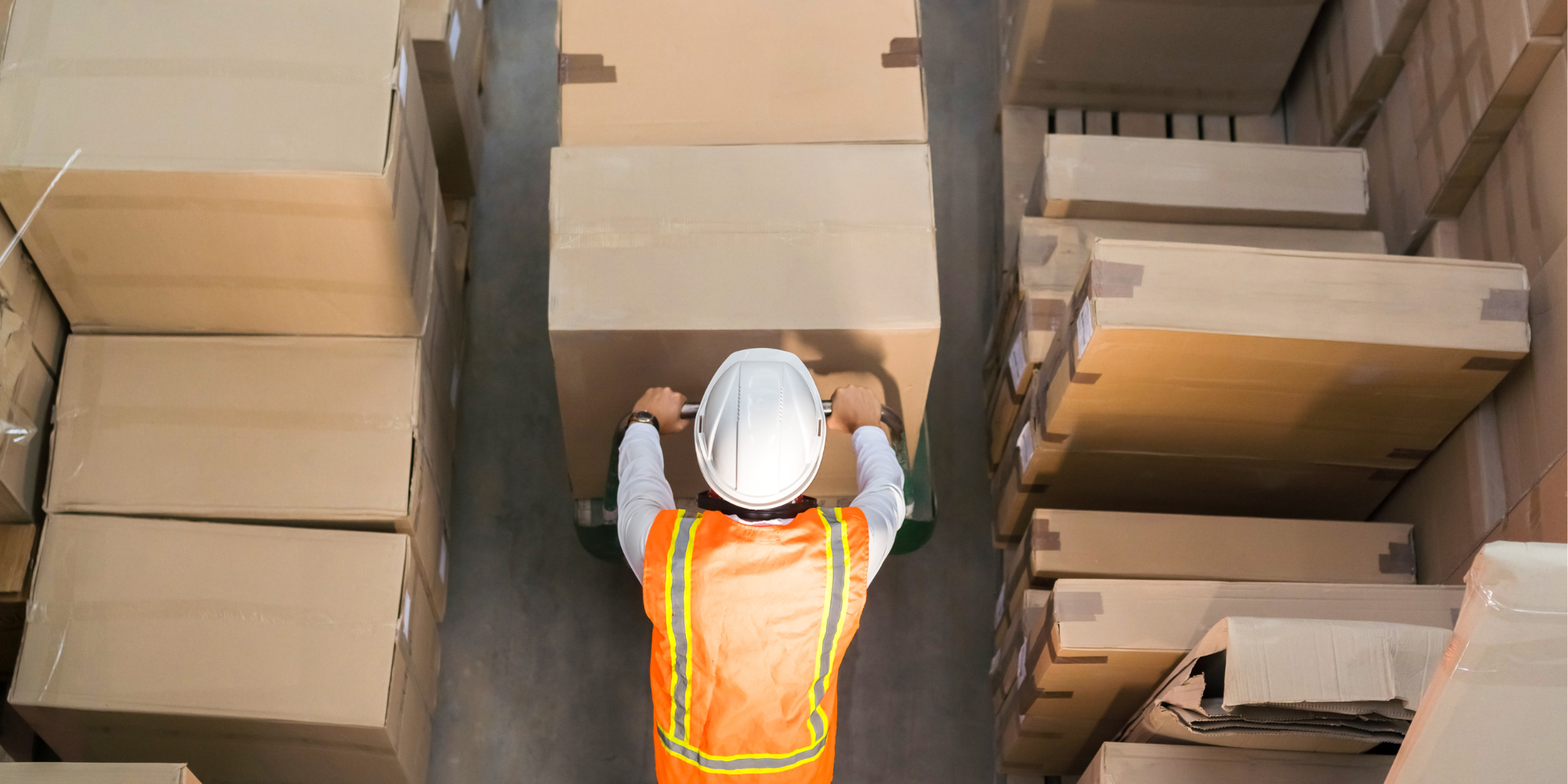Compost: A Simple Way to Turn Waste into Climate Action
Every banana peel, coffee ground, or pile of grass clippings you toss in the trash is a missed opportunity—not just to reduce waste, but to fight climate change. Composting is one of the simplest, most cost-effective ways we can all make a real impact. Let’s dig in!
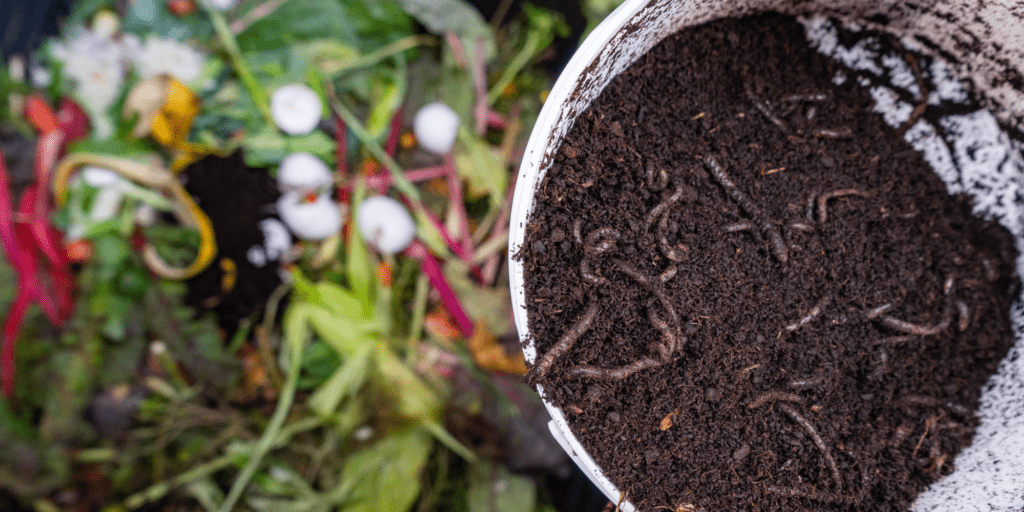
Why Compost?
You might be surprised to learn that up to 40% of what Americans throw away is food. When those food scraps and yard trimmings end up in landfills, they break down without oxygen—producing methane, a greenhouse gas that’s more than 80 times more powerful than carbon dioxide over a 20-year period.
It’s not just wasteful—it’s fueling the climate crisis.
Here’s the good news: composting turns those same materials into a nutrient-rich soil amendment that builds healthy soil, supports plant growth, and even pulls carbon out of the atmosphere. It’s a powerful way to turn a climate problem into a climate solution.
Composting in Your Community: Curbside and Drop-Off Centers
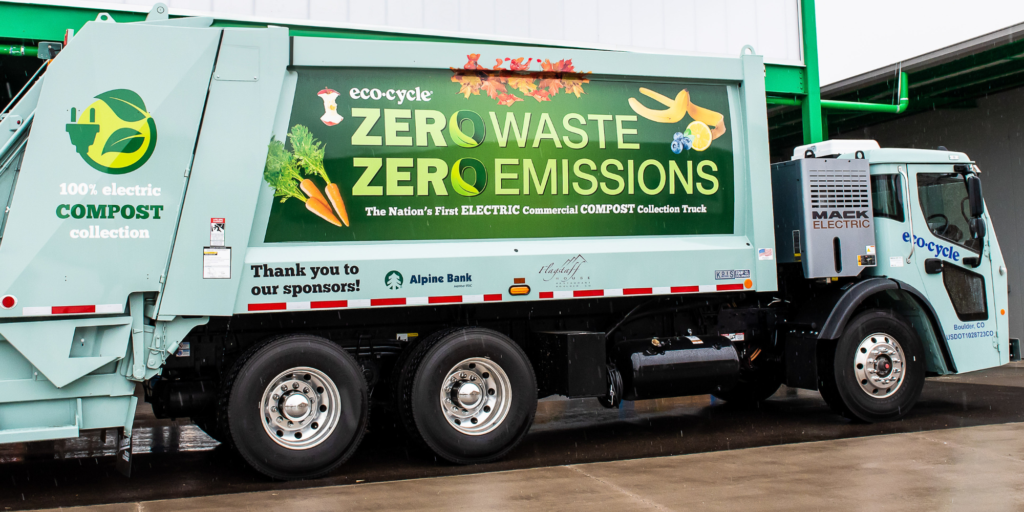
Eco-Cycle’s EV compost truck collects compostables from local businesses.
Curbside Compost Collection
Many Colorado communities offer curbside compost collection that takes organic materials to industrial composting facilities. These large-scale operations heat compost piles to temperatures of 131–170°F, breaking down bones, dairy, and other materials that backyard systems can’t handle, while destroying harmful pathogens. In just four months, your leftovers can be transformed into compost that, when applied to landscapes, restores soil and supports regenerative agriculture.
Don’t have curbside compost service? Check with your local waste hauler or municipality to see what options are available—and always follow your city’s composting guidelines to avoid contamination.
Drop-Off Compost Locations
If curbside compost service isn’t available, you might still have compost drop-off locations nearby. Many cities offer designated spots where you can bring your food scraps and yard trimmings.
In Boulder County, check out just a few of the drop-off locations:
- The Eco-Cycle/City of Boulder Center for Hard-to-Recycle Materials (CHaRM): Accepts food scraps only—yard waste is not accepted here.
- Longmont Recycling Center: Accepts both food scraps and yard trimmings from Longmont residents.
- Western Disposal’s Materials Management Center in Boulder: Accepts yard trimmings and clean wood waste (no painted or treated wood). Discounts available for Boulder County residents.
Find more Boulder County drop-off locations for compostable materials in the Eco-Cycle Guide.
Curbside and Drop-Off Composting Tips:
- Follow your local guidelines. What goes in the compost is simple: food scraps (including meat, bones, dairy) and yard trimmings ONLY. Keep plastic, produce stickers, and other contaminants out of your compost bin—this ensures high-quality compost that’s safe to apply to veggie gardens.
- Minimize odor and pests. In warm weather, store food scraps in a countertop container or keep them in the fridge or freezer until compost collection day.
Composting at Home
No curbside or drop-off access? No problem! Composting at home is easy, rewarding, and connects you to the natural cycle of decay and regrowth!
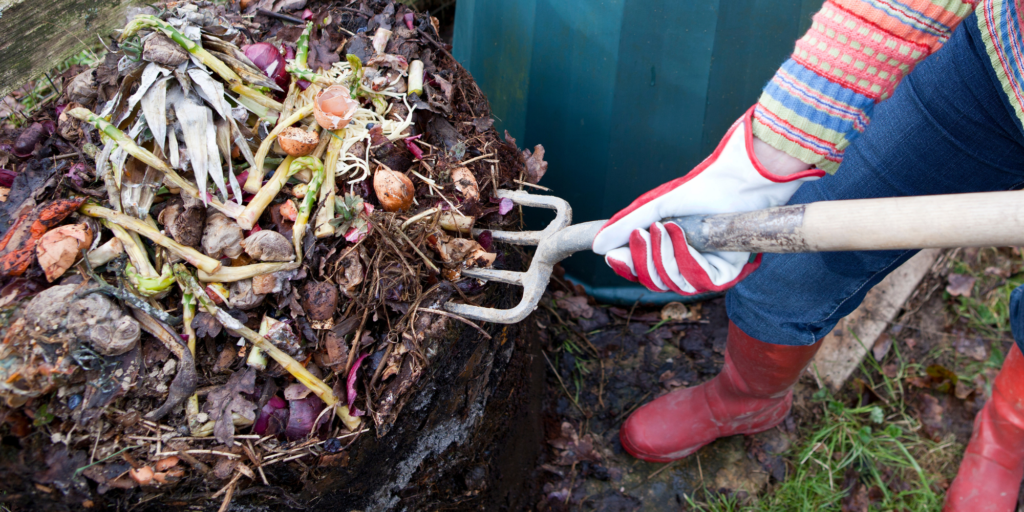
Backyard Composting
Backyard composting is a hands-on way to reduce waste and create your own soil amendment that feeds your garden, lawn, and flowerbeds. There’s something deeply rewarding about watching your scraps transform into something valuable, right before your eyes!
To start backyard composting, you’ll need a bin or space about 3′ x 3′ x 3′—the ideal size to hold heat and support microbial activity. Aim for a mix of 2 parts “brown” materials (like dried leaves) to 1 part “green” materials (like food scraps, but skip meat and bones for a backyard bin as temperatures are not high enough to break them down and they will attract critters to your bin). Keep the pile moist (like a wrung-out sponge) and turn it regularly for airflow.
You’ll know your finished compost is ready to use when it looks like a dark brown rich soil with a crumbly texture and a pleasant, earthy odor.
- Follow Eco-Cycle’s step-by-step guidelines on backyard composting.
Vermicomposting
Short on space? Live in bear country? Vermicomposting—composting with worms—is a great indoor option to composting at home using worms—specifically, red wigglers. These decomposers eat many of the same plant-based scraps we do and thrive in compact, contained environments. That makes vermicomposting ideal for people with limited outdoor space or those in wildlife-prone areas where backyard compost bins might attract animals. You can set up a worm bin indoors, on a porch, or in a garage—and with our DIY guide, it’s simple to get started!
- Learn how to build your own worm bin and choose the best worms for home composting.
Composting keeps valuable organic material out of landfills, protects the climate, and gives back to the earth. Whether you’re dropping off scraps at a local facility, rolling a bin to the curb, or stirring a pile in your backyard, your efforts matter—and they add up.
Happy composting!
